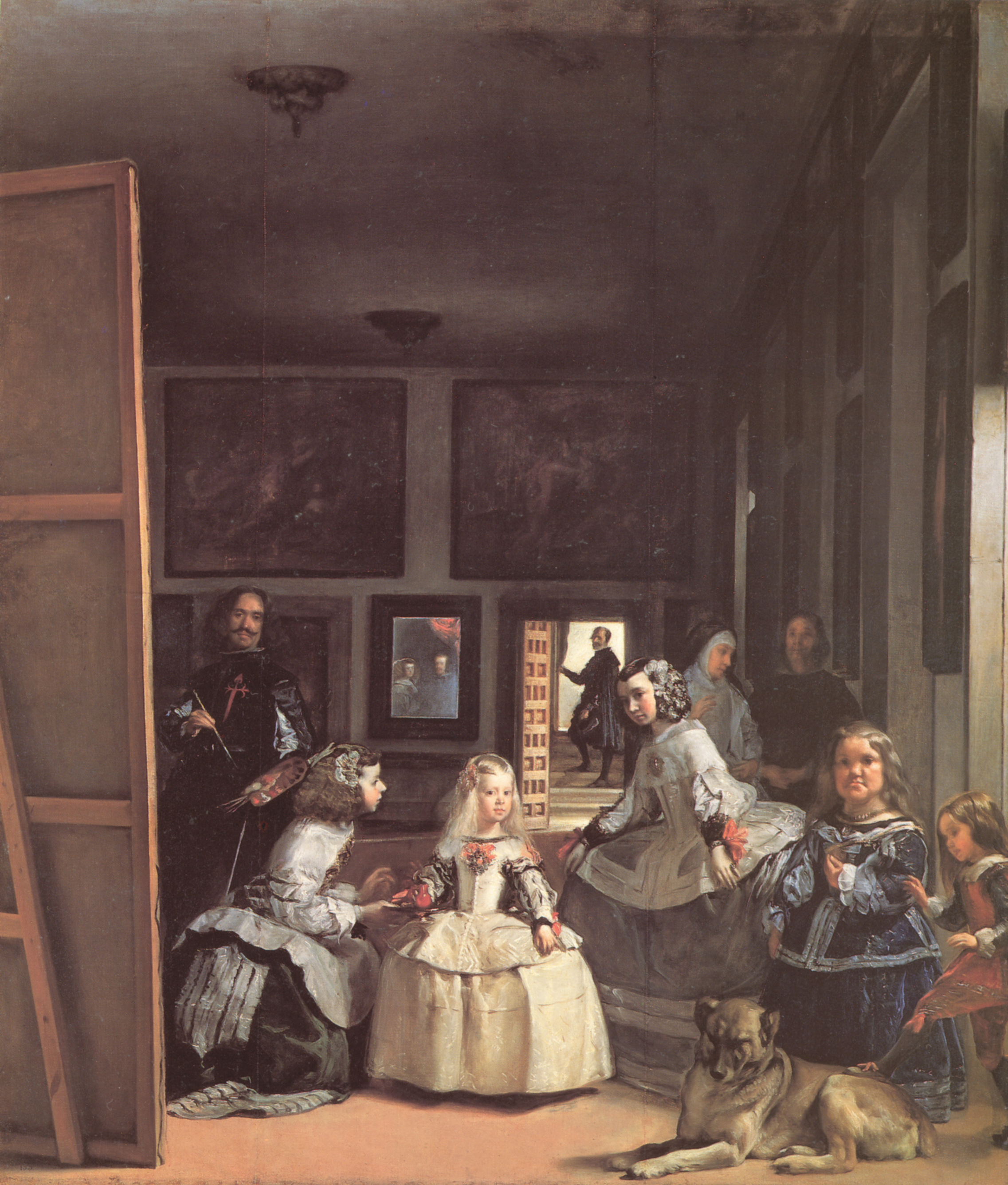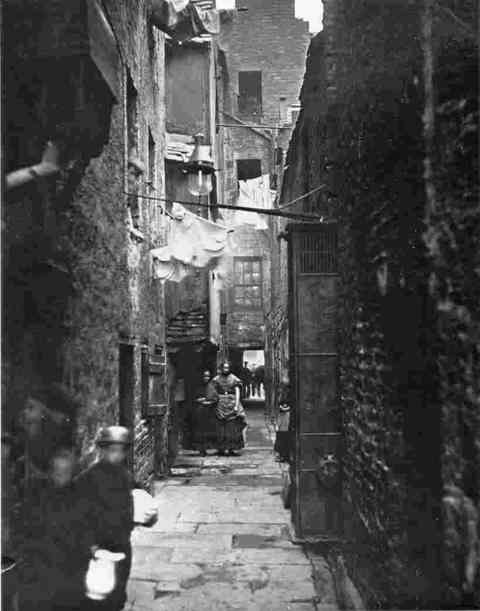 |
| Diego Velazquez - Las Meninas |
In this painting the artist has chosen to include himself in the painting as it is a viewpoint from the clients eyes, it is a staged scene that shows a wealthy family's children playing while the maids watch over them, we have been given the viewpoint of the monarch who this painting was commissioned by, we can only see them in the mirror in the background, this was a new viewpoint in photography that was not common before as artists would be showing the subjects straight on so that they could see their wealth and status portrayed.
 |
| Manet - A Bar at the Folies-Bergère |
This painting was new in style as it had not been commissioned for a wealthy client to show their wealth, but it shows daily life of a woman working behind the bar. In this painting the background is a mirror reflection of the bar behind the woman so that more of the bar can be seen, the painter has chosen to angle the reflection so that we would not be seeing himself however can see the customers in the bar.
Jeff Wall
- exhibits in light boxes
- large format camera
- hybrid of staged and straight (intended to look straight)
- influenced by art and films

Picture for Women
This is a picture that Jeff Wall took showing himself and the model in the mirror, including himself mean that there is added context within the photograph because we can see the setup and the studio surrounding, it is an inner glimpse at how the photographer works.


Tattoos and shadows
This photograph shows people in the garden and is heavily influenced by Monet "women in garden" (shown beside), many people spend summers in their gardens and as such it is not seen as a wonderful thing but this shows the contrast between the pattern in the tattoo's and the one caused by the shadow. The inspiration for this clip was a real life scene which Jeff Wall had seen and wanted to recreate.
http://www.sfmoma.org/explore/multimedia/audio/30
http://www.sfmoma.org/explore/multimedia/audio/30

Eviction Struggle
In this photograph we can see a family that are being evicted, one member of the family has to be escorted away from the house with another member behind trying to protest this. The story is a modern life event which many people can relate too. I think that Jeff Wall is trying to make a point about the unfairness of the situation as the camera angle makes the viewers look down upon the situation, the distance from the scene also connotes that the viewer would not step into help but watch from a safe vantage point.


The storyteller
constructed / comment on technology integrating with society and old traditions struggling to remain
This photograph is making a point about the way that technology is advancing and becoming integrated with society and that the old traditions of storytelling are struggling to remain and have been demoted and are getting overlooked.


This is a panorama of the city showing the differences between the old abandoned prison and the possibility of the new coming into fruition (seen by the JCB behind the lamppost).


Outburst
This picture is making a comment about the state of life that some people live in, working in a sweat shop they have long hours with very little pay in return and their boss still shouts at them for any and all mistakes. The boss is shown in a very threatening aggressive manner towering over the employee.




A sudden gust of wind
This photo-montage took over a year to complete to make a seamless effect, it is directly influenced by the Japanese woodblock printer Hokusai. The effect of this shows us it people that are changing and not nature as the wind is still affecting the people inside the frame.
Tom Hunter
- tutored by paul kennard
- Thoughts of Love and death (project)
- inf by preRaphaelites

Millais - the vale of rest

The Vale of Rest
This image is showing the outcast community and is a modern retake on the historical painting 'The Vale of Rest' by Millais.

This image is showing the outcast community and is a modern retake on the historical painting 'The Vale of Rest' by Millais.

The Way Home
inf by Ophelia
Influenced by the painting 'Ophelia' this story is a representation of a young woman that Tom Hunter heard had died in a canal, This modern version of 'Ophelia' is a staged version of reality.
What's the difference between straight and staged?
'Straight documentary' are photographs that have been taken where the photographer has not interfered with the subject in any way and it is exactly how it happened while the photographer was there. This means that the photographer has to visualise the exact scene in the few milliseconds before taking the photograph.
'Staged documentary' means that the photograph is a set up scene that the photographer has carefully chosen to show in the way they have, this means that they can omit certain elements or bring the focus to one point which they want to highlight more easily. It is certainly more easy to be able to set up the scene because with more time the scene can be rearranged and explored.
Staged photographs are often set to appear Straight and at first look they do not appear Staged, in Tom Hunters and Jeff Walls work their photographs are Staged to be Straight.
'Straight documentary' are photographs that have been taken where the photographer has not interfered with the subject in any way and it is exactly how it happened while the photographer was there. This means that the photographer has to visualise the exact scene in the few milliseconds before taking the photograph.
'Staged documentary' means that the photograph is a set up scene that the photographer has carefully chosen to show in the way they have, this means that they can omit certain elements or bring the focus to one point which they want to highlight more easily. It is certainly more easy to be able to set up the scene because with more time the scene can be rearranged and explored.
Staged photographs are often set to appear Straight and at first look they do not appear Staged, in Tom Hunters and Jeff Walls work their photographs are Staged to be Straight.








